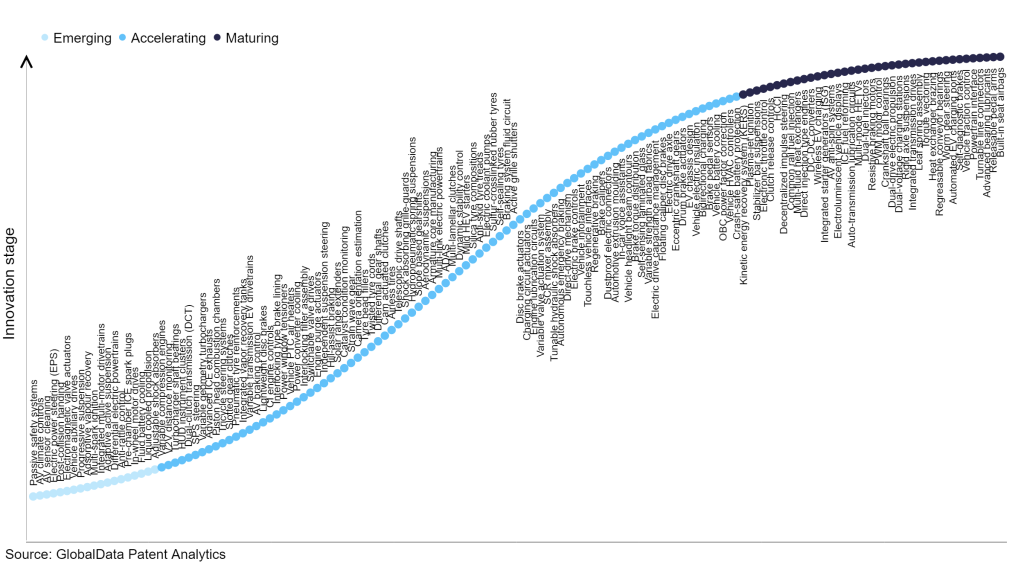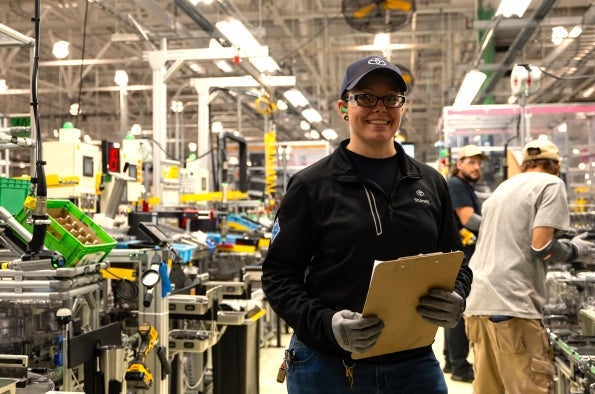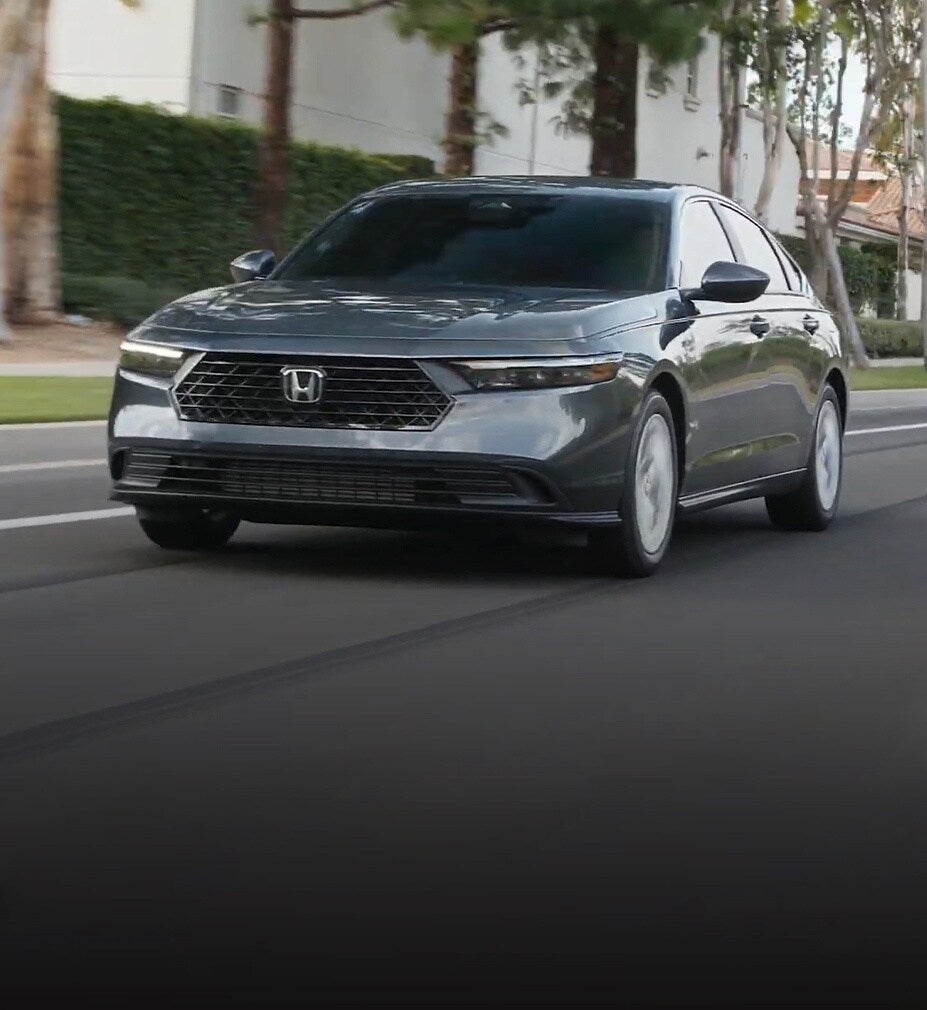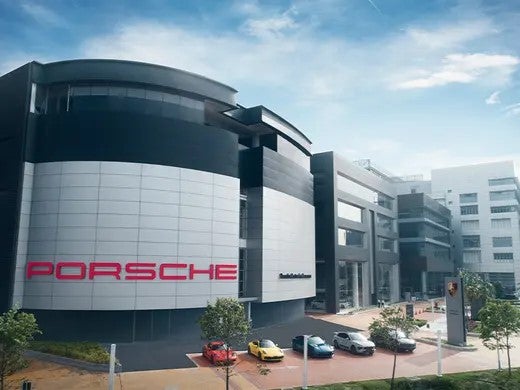The automotive industry continues to be a hotbed of patent innovation. Activity in slope based gearshifts is driven by factors such as fuel efficiency, emissions reduction, enhanced driver experience, advanced transmission technologies, and autonomous vehicle integration, and growing importance of technologies such as adaptive transmission control and terrain management systems. In the last three years alone, there have been over 1.7 million patents filed and granted in the automotive industry, according to GlobalData’s report on Innovation in automotive: slope based gearshifts. Buy the report here.
However, not all innovations are equal and nor do they follow a constant upward trend. Instead, their evolution takes the form of an S-shaped curve that reflects their typical lifecycle from early emergence to accelerating adoption, before finally stabilizing and reaching maturity.
Identifying where a particular innovation is on this journey, especially those that are in the emerging and accelerating stages, is essential for understanding their current level of adoption and the likely future trajectory and impact they will have.
300+ innovations will shape the automotive industry
According to GlobalData’s Technology Foresights, which plots the S-curve for the automotive industry using innovation intensity models built on over one million patents, there are 300+ innovation areas that will shape the future of the industry.
Within the emerging innovation stage, integrated multi-motor drivetrains, electric power steering (EPS), and post-collision handling are disruptive technologies that are in the early stages of application and should be tracked closely. Variable compression engines, V2V distance monitoring, and turbocharger shaft bearings are some of the accelerating innovation areas, where adoption has been steadily increasing. Among the maturing innovation areas are kinetic energy recovery system (KERS) and plasma-jet ignition, which are now well established in the industry.
Innovation S-curve for the automotive industry

Slope based gearshifts is a key innovation area in automotive
Slope based gearshifts involve the use of various sensors and control devices in a motor vehicle to select the appropriate gear for starting off or under way based on road incline and throttle opening position. The control devices are arranged to perform computer simulations to continuously determine the optimal gear that will be most efficient based on various parameters fed into the control unit.
GlobalData’s analysis also uncovers the companies at the forefront of each innovation area and assesses the potential reach and impact of their patenting activity across different applications and geographies. According to GlobalData, there are 20+ companies, spanning technology vendors, established automotive companies, and up-and-coming start-ups engaged in the development and application of slope based gearshifts.
Key players in slope based gearshifts – a disruptive innovation in the automotive industry
‘Application diversity’ measures the number of applications identified for each patent. It broadly splits companies into either ‘niche’ or ‘diversified’ innovators.
‘Geographic reach’ refers to the number of countries each patent is registered in. It reflects the breadth of geographic application intended, ranging from ‘global’ to ‘local’.
Patent volumes related to slopebased gearshifts
Source: GlobalData Patent Analytics
Porsche Automobil is one of the leading patent filers in slopebased gearshifts. Porsche’s dual-clutch gearbox, commonly known as PDK, is a type of automatic transmission that uses two clutches instead of one. This allows for faster and smoother gear changes, especially when the car is going uphill or downhill. The PDK is a popular option among Porsche buyers, as it offers several advantages over a traditional manual transmission. The advantages include faster gear changes, smoother gear changes, improved fuel economy, and easier driving in traffic. Other key patent filers in this space include Hyundai Motor, Zeppelin-Stiftung, and Isuzu Motors.
In terms of application diversity, Mercedes-Benz Group leads the pack, while Stellantis and Hitachi stood in the second and third positions, respectively. By means of geographic reach, Allison Transmission held the top position, followed by Tata Motors and Yamaha Motor.
To further understand the key themes and technologies disrupting the automotive industry, access GlobalData’s latest thematic research report on Automotive.
Data Insights
From

The gold standard of business intelligence.
Blending expert knowledge with cutting-edge technology, GlobalData’s unrivalled proprietary data will enable you to decode what’s happening in your market. You can make better informed decisions and gain a future-proof advantage over your competitors.







